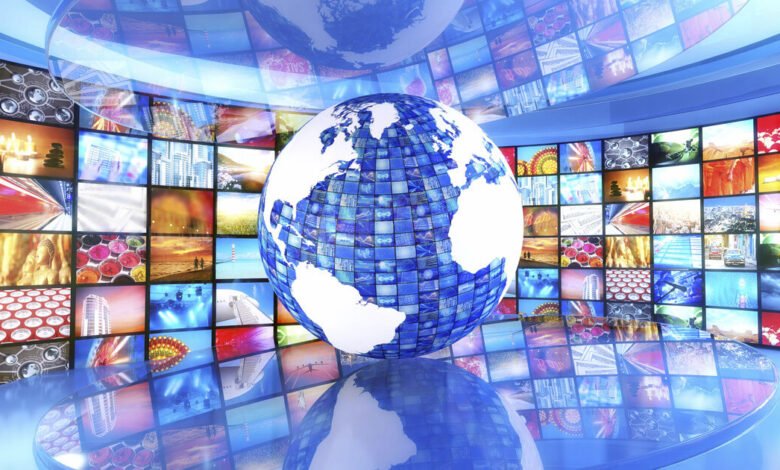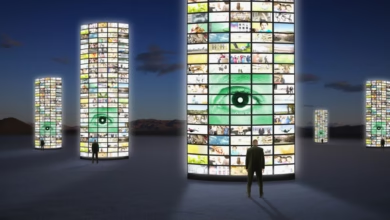AI Reshapes Media Buying with Creative Power

▼ Summary
– Great creative has always been crucial for campaign performance, but brands were previously limited by ad formats and measurement capabilities.
– New creative technologies like AI-generated personalized ads and real-time testing now allow advertisers to produce and optimize creative more effectively.
– Advertisers can implement new strategies such as personalized messaging and in-ad commerce, leading to deeper consumer engagement and higher value.
– Campaign focus is shifting from minimizing CPM to maximizing ROI on purchases, with expensive impressions justified by effective creative and valuable audiences.
– High-quality, interactive creatives are becoming more scalable with AI, increasing demand for premium placements and driving up CPMs for quality content.
The advertising world is witnessing a profound transformation as artificial intelligence elevates creative content from a supporting role to the main driver of campaign success. For years, the digital ad industry recognized that compelling creative was crucial for performance, yet practical limitations often pushed audience targeting into the spotlight. Brands struggled to pinpoint which specific creative elements resonated, lacking the tools for efficient, large-scale analysis. Today, AI-powered creative technologies are shattering those barriers, enabling advertisers to produce, personalize, and perfect their messaging with unprecedented precision and scale.
This shift moves the focus beyond simply reaching an audience cheaply. Modern campaigns are now engineered for deeper consumer engagement and direct sales outcomes. With capabilities like AI-generated personalized video ads and dynamic creative assembly, ads can now reflect a user’s recent shopping behavior or real-time context. This high degree of personalization means the ad delivers genuine value to the viewer, which in turn drives significantly better performance for the brand. Advertisers are consequently adopting new key performance indicators lifted from retail and shopper marketing, focusing on metrics like sales lift and interaction rates rather than just cost-per-thousand-impressions.
As a result, brand expectations are rising rapidly. The difference between a generic banner ad and a fully immersive, interactive ad experience is stark. Brands seeking memorable consumer connections will naturally gravitate toward the formats and placements that deliver these high-impact moments. They are beginning to demand great creative performance as a standard feature of their digital investments, not an occasional luxury.
This creative revolution is also reshaping media pricing and bidding strategies. When campaigns are powered by highly effective, commerce-enabled creative, the goal shifts from minimizing CPM to maximizing return on investment for each purchase. Even premium, expensive ad impressions can yield a high ROI when paired with the right audience and a powerfully engaging ad. This dynamic makes cheaper, low-quality inventory far less attractive. Advertisers employing interactive formats or virtual try-ons will prioritize placements next to quality content that enhances their brand experience.
This trend bodes well for premium publishers. As demand intensifies for environments that provide the best context for high-value creatives, these publishers are likely to see increased demand and stronger pricing for their inventory. The market is already reacting; what was once a special project, like an interactive video, is now being deployed at scale thanks to AI tools. Advertisers see the results that powerful creative in quality placements can drive, and their entire approach to media buying is adapting with remarkable speed.
(Source: Streaming Media)
